Lack of building regulation allows banned engineers to operate in NSW, inquiry hears
The NSW building industry is the “last refuge of scoundrels” due to the lack of regulation around those in the industry with an inquiry revealing there is nothing to stop engineers who are struck off in other states to operate here.
NSW
Don't miss out on the headlines from NSW. Followed categories will be added to My News.
The NSW building industry is the “last refuge of scoundrels” due to the lack of regulation around those in the industry.
The parliamentary inquiry into building regulation, which was set up following the emergency evacuation of Opal Tower at Sydney Olympic Park and Mascot Towers in Mascot, heard this morning that there is no requirement for engineers in NSW to be registered and nothing to stop those struck off in Queensland or Victoria, where they must be registered, from moving to NSW to practice.
And, while the building industry faces a crisis of confidence, the inquiry was told some engineers may be operating without proper qualifications.
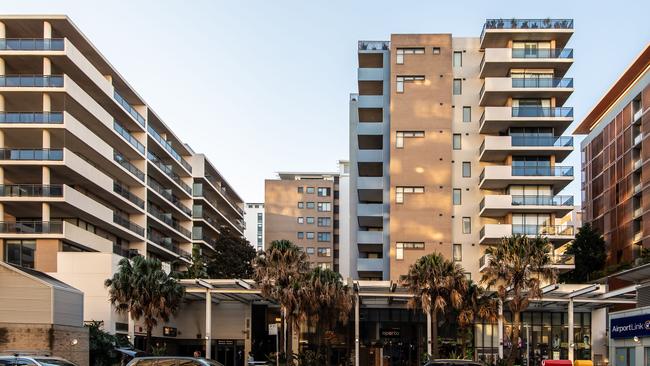
MORE NEWS
Sydney’s tallest residential tower for CBD’s ‘street of fear’
Public get to have their say on Ritz-Carlton project
NBN customer fury: ‘The biggest waste ever’
Jonathan Russell, national public affairs manager for Engineers Australia told the inquiry that anybody could set up as an engineer in NSW, due to a lack of registration for the profession.
In Queensland where the industry is much more tightly regulated, engineers can be struck off and are unable to practice. Victoria is currently looking at introducing it. But because of the NSW lack of regulation this means they can move south and practice unhindered
“If people are struck off in those states the natural flow for those people is south and north,” Mr Russell said.
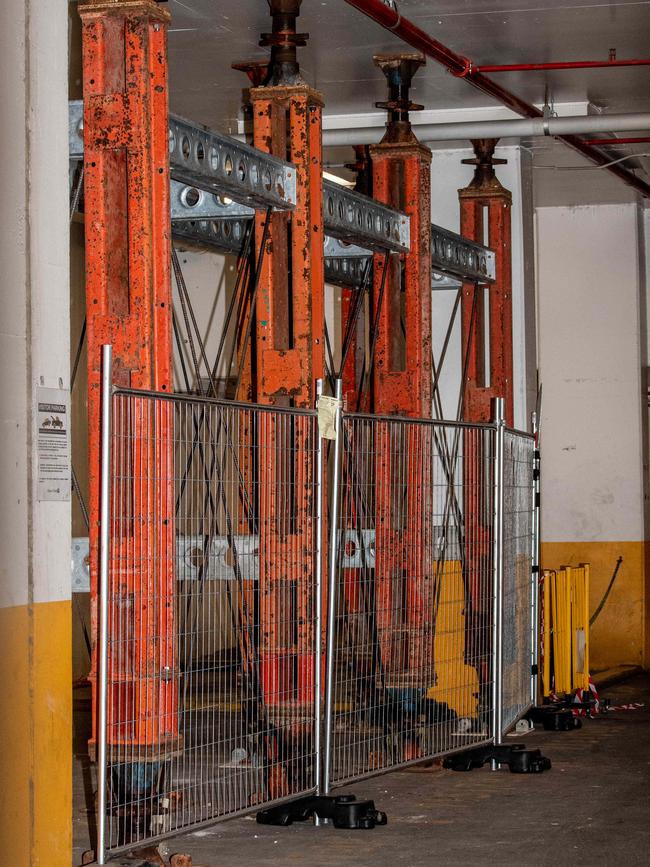

Asked if that was in fact happening, Greg Ewing, Sydney general manager for Engineers Australia said: “The real difficulty is that there is no way of actually knowing because there isn’t any regulation and they may not actually physically move (here). They can be doing work in NSW.
“You don’t actually know unless you look at every single project — and that’s assuming that they have a four year university degree because there may be people offering engineering services of some sort or another who do not have that base level of qualification.
“So literally New South Wales is a refuge of scoundrels because there’s nothing to stop it?” asked inquiry chair David Shoebridge.
“Yes, that’s right,” Mr Russell replied.
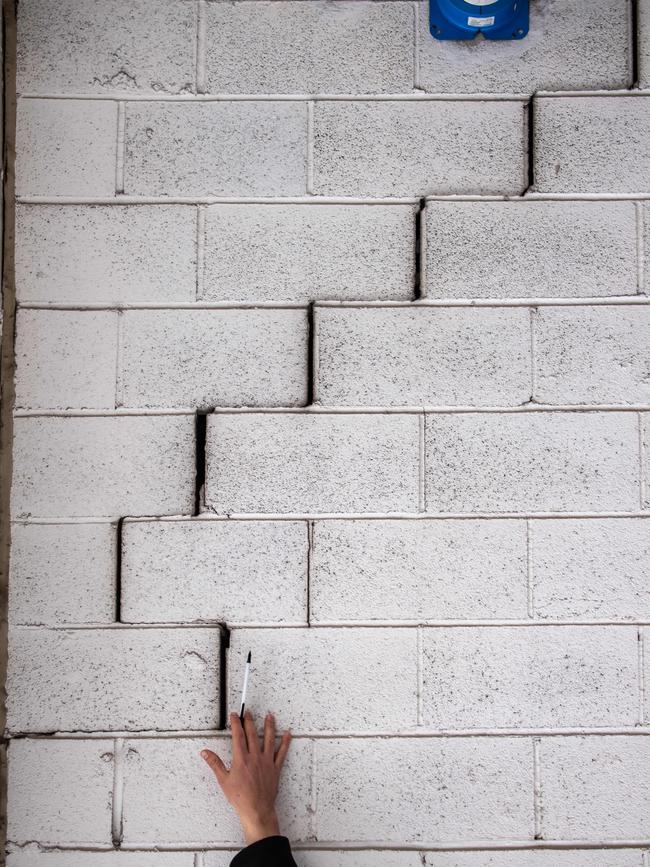

He said that a poll undertaken by Engineers Australia showed that, in NSW, 91% of people believed the 60,000 engineers in the state should be registered, which would allow for continuing professional development to keep engineers current and for quality assurance relating to their skills. But he said it needed to be a federated system that would allow for information sharing between States to ensure that an engineer struck off in one place would not be able to set up elsewhere.
Bronwyn Weir, co-author of the Shergold Weir report into the building industry given to the State government in February last year, said none of the recommendations had been implemented, a situation she said was “typical” of governments.
The reported had predicted the sorts of catastrophic issues in Opal Tower and Mascot Towers and the resulting lack of confidence in the industry, which she described as being in “crisis”.
Ms Weir, who will be working for ten days in coming months as an adviser to the newly appoint Building Commissioner David Chandler said the government’s approach to regulation of the industry was “fragmented” which was not optimal for consumers.
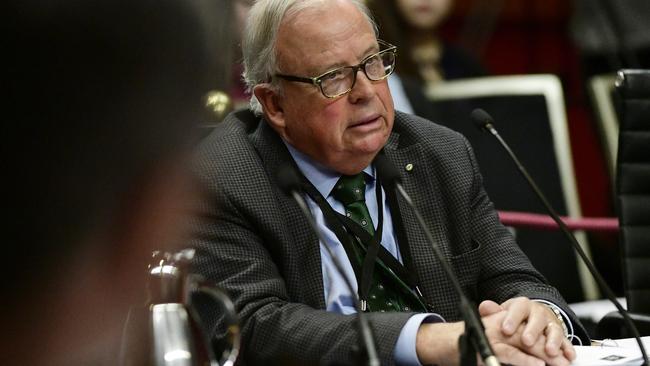
She also said that the state government should adopt an approach similar to Victoria’s in the cladding crisis.
In NSW the government has refused to reveal the true number of buildings that have combustible cladding, but in Victoria the government had taken a grip of the issue, overseeing audits to maintain consistency and agreeing to fund remediation work.
The inquiry also heard evidence from National Fire Industry Association Chief Executive Wayne Smith, who said that people maintaining and testing fire safety systems did not have to be registered or licensed and that a “significant number” of buildings in NSE are non-compliant with a high risk of failing to occupants in the event of a fire.
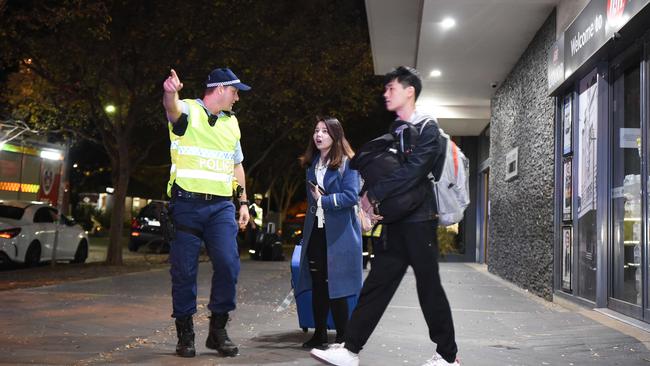
Although the NSW Government had implemented fire safety reforms, he believed them to be inadequate and called for the government “as a matter of urgency” to look at the Queensland model to bring NSW up to standard. He said the model chosen by NSW — that of industry regulating industry — was not adequate.
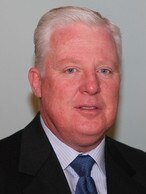
The reforms were crucial as modern furniture meant apartment dwellers had six times less time than in the 1990s to get out of a burning apartment, he said.
The inquiry also heard from building surveyors — or certifiers — bodies.
Craig Hardy, President of the Association of Accredited Certifiers, said his organisation had been arguing for more than 15 years for greater accountability in the construction sector.
“Issues to do with building quality have been well-known for almost two decades — yet governments of all stripes have failed to do anything about it.
“Despite a string of expert reports into these issues there has been little action.
“It is hard to come to any conclusion, other than the obvious one, that successive governments and relevant ministers have been asleep at the wheel.”
The inquiry heard that certifiers are only present on projects for half a per cent of the time and cannot be expected to know all 162 Australian standards that would be relevant on a construction site. Mr Hardy said that while there are up to 60 trades involved in a build, it is the certifier who is left with final responsibility.
The inquiry continues.
